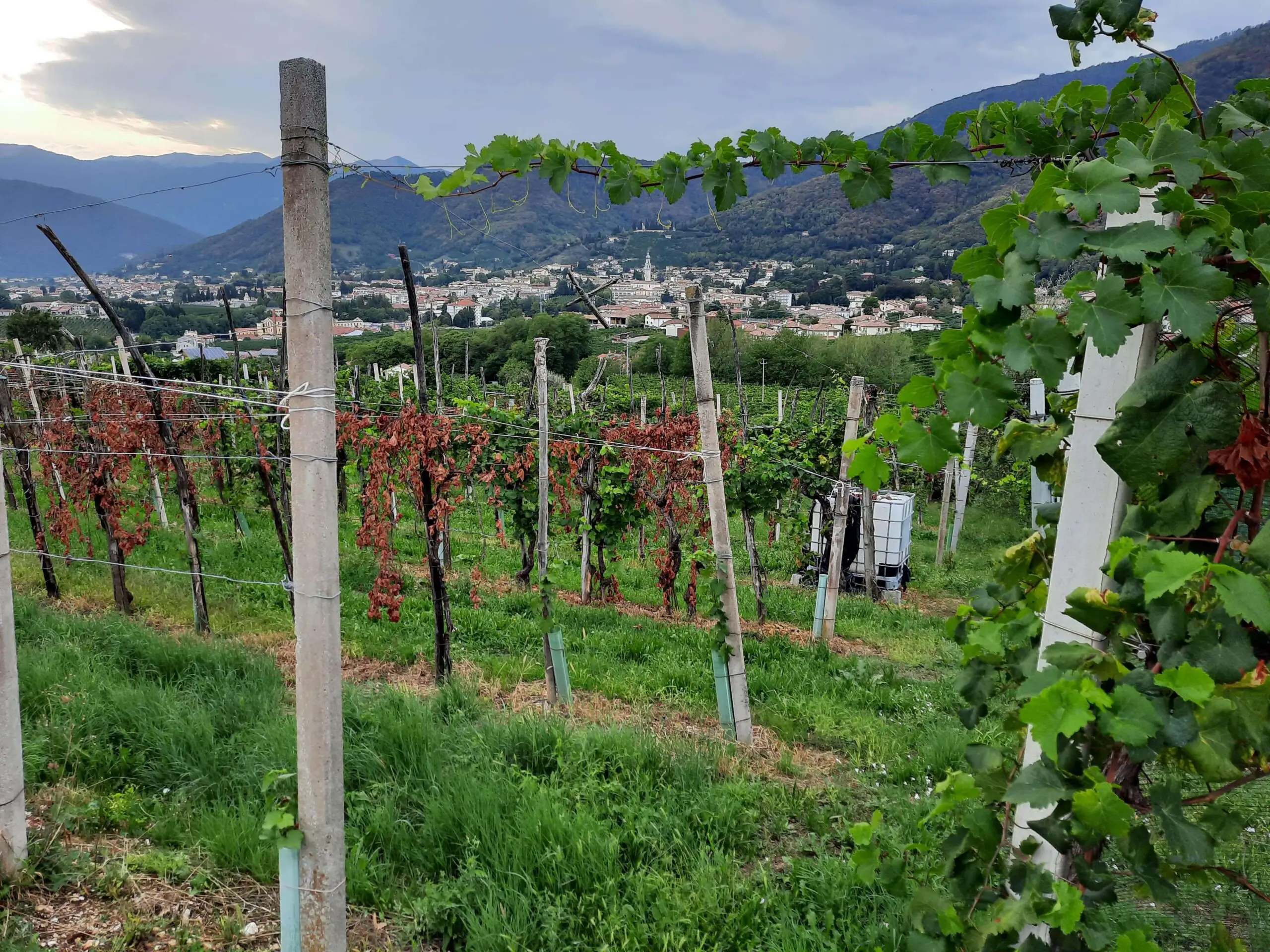Northern Italy’s pretty Veneto Region really brings together everything I love about the country. With exciting cities full of culture and history and medieval villages set amid picturesque vineyards, for me this is Italy at its most quintessential.
We recently spend some time exploring the area in-depth and realized that, instead of rushing around to only see the absolute highlights, the region definitely deserves to be traveled more slowly, to be able to really appreciate its charms.
Thus, I decided to share a comprehensive itinerary, including both amazing Venice and the lesser-visited hinterland of the region. Read on for my suggested 10-Day Itinerary for Venice and the Veneto Region.
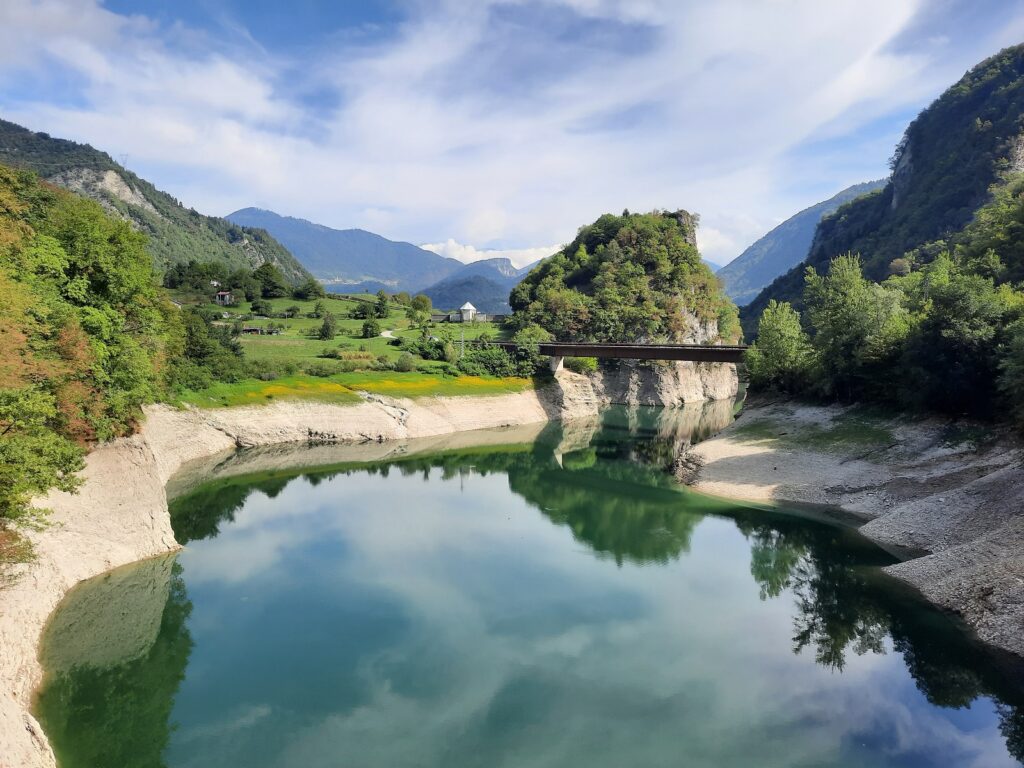
This post may contain affiliate links, and I might earn a small commission at no additional cost to you. For more info, click here.
Getting Around in the Veneto Region
The region’s bigger cities are all connected by Italy’s usually reliable train network, but for the more rural regions, like the Prosecco Hills or the Euganean Hills we found that a car really comes in handy. Have a look below to find the best available deals on rental cars in Verona (or anywhere else).
Guided Tours of the Veneto Region
If you want to avoid the hassle of organizing your trip yourself, you could also take a multi-day guided tour of the Veneto Region. Have a look below for some possible options.
The Perfect 10-Day Itinerary for Venice and the Veneto Region
Day 1 and 2: Verona
A great first stop while exploring the area is Verona, which has a beautiful historic centre with plenty of ancient Roman and medieval Architecture. More famously, the city is the setting of Romeo and Juliet, and there are many traces of the star-crossed lovers all over town.
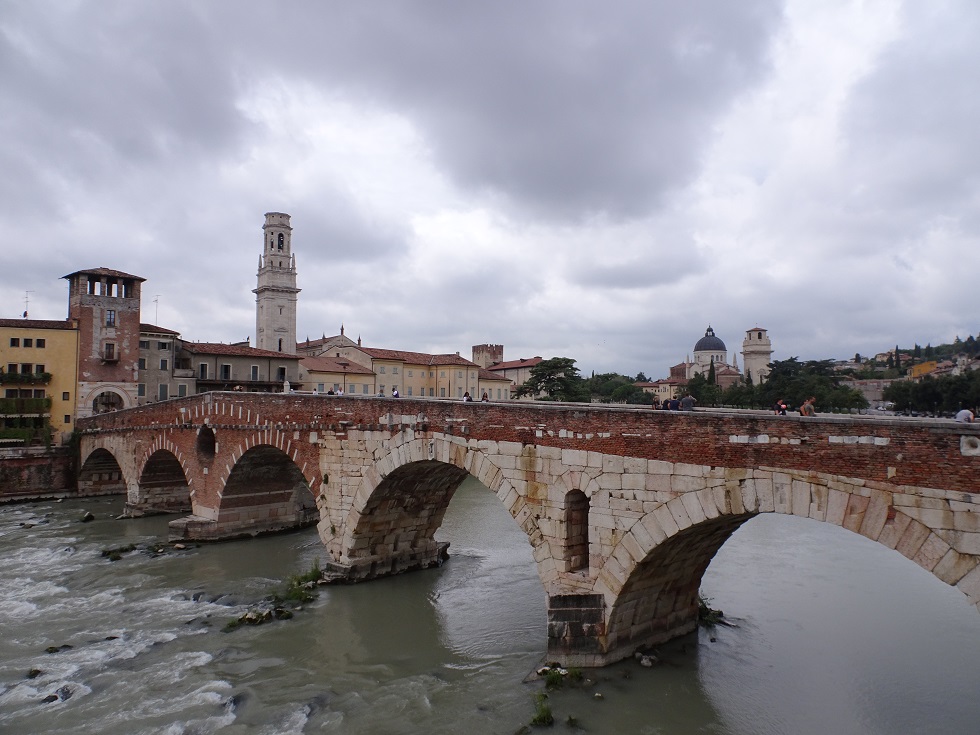
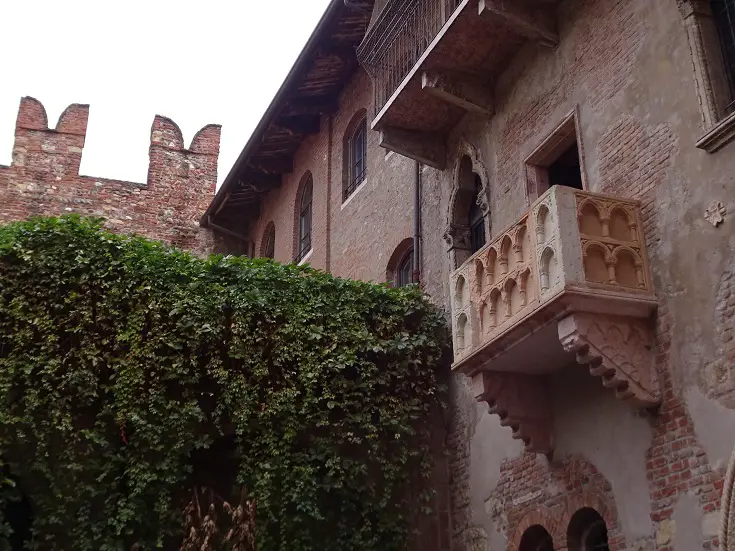
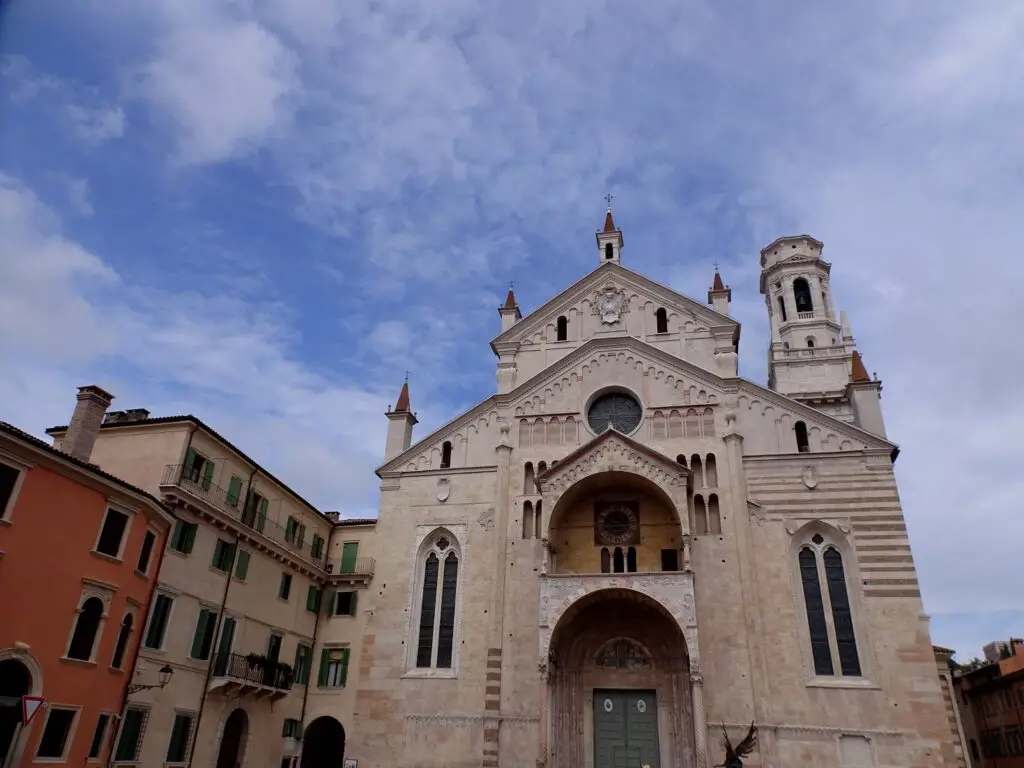
We also used Verona as a base to explore the beautiful wine-growing region of the Valpolicella Valley and to visit the unique Madonna della Corona Sanctuary, which clings precariously to a tall cliff-face.
If you’re a fan of Classical Music, you should also try and get Opera Tickets for a performance in the fantastic Roman Amphitheatre. We managed to catch La Traviata when we were in town and absolutely loved both the performance and the cool setting.
See also: What to Know About Visiting the Locations from Romeo and Juliet in Verona, Italy
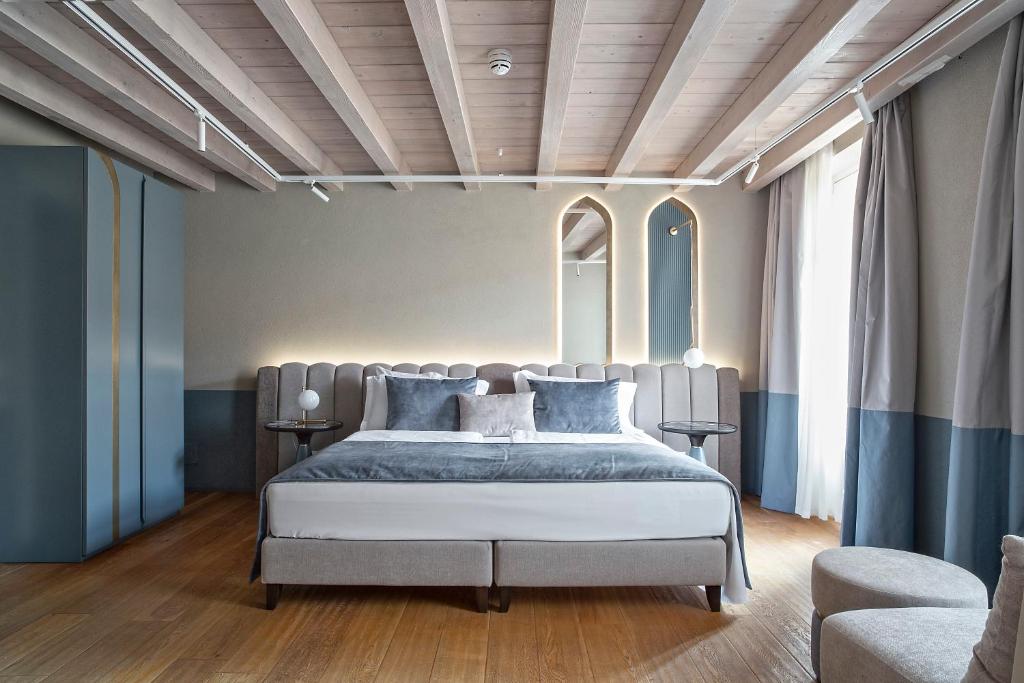
Verona Hotel Tips
Budget: StraVagante Hostel & Rooms
Midrange: Relais Balcone di Giulietta (pictured)
Luxury: Palazzo Monga Boutique Guesthouse
.
.
Day 3: Vicenza
Continue to Vicenza, which is known for its architectural masterpieces by the famous Renaissance architect Andrea Palladio. These include the amazing Villa Rotonda and my personal favourite: the unique Teatro Olimpico, which recreates a classical Greek Theatre.
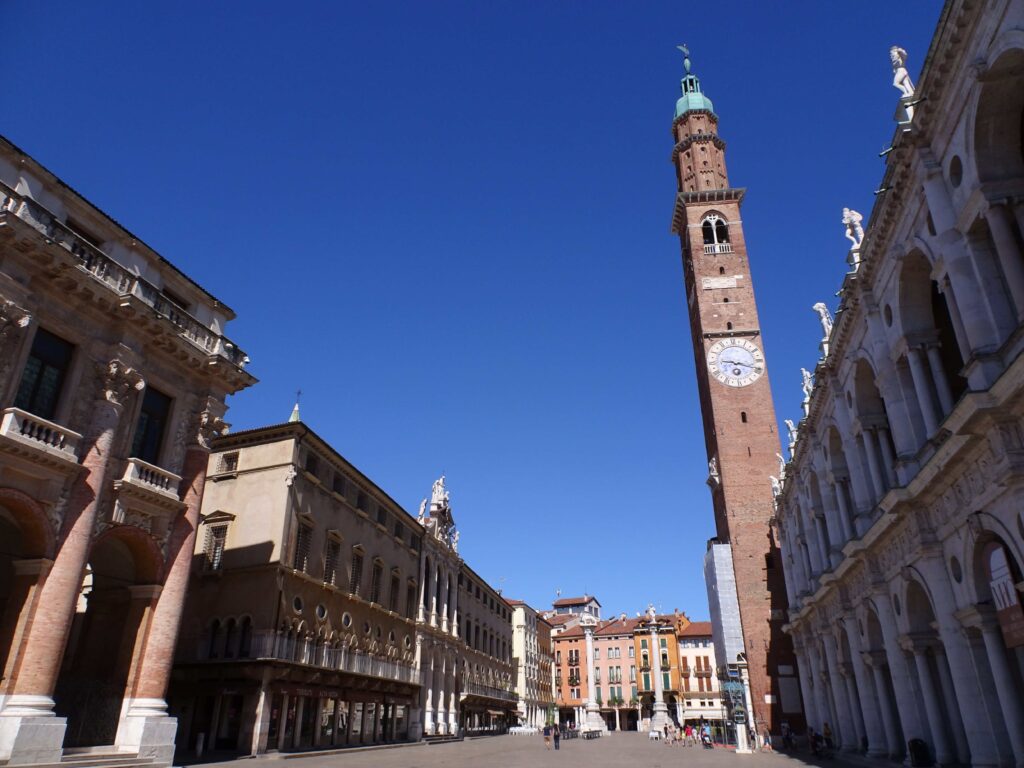
Apart from that, the city has several interesting museums, and we just found it to be a great place to stroll around and gaze at the many interesting architectural gems. A great way to top off the day is by having some Baccalà alla Vicentina, a typical local dish of air-dried cod.
There are also some awesome examples of Palladian Villas located in several small villages surrounding the city. Most of them can only be visited from the outside, but they are a great reason to explore some of the more rural parts of the Veneto, which are far off the tourist trail.
See also: 10 Amazing Things to do in Vicenza, Italy – The Ultimate Guide to the City of Palladio

Vicenza Hotel Tips
Budget: Ostello di Vicenza
Midrange: Key Hotel
Luxury: Palazzo Valmarana Braga (pictured)
.
..
Day 4: Bassano del Grappa
Another beautiful town in the region is Bassano del Grappa, at the foot of the Venetian Prealps. Our favourite spot in town was the iconic Ponte degli Alpini, a covered wooden bridge with panoramic views of the Brenta River, but we also found plenty of other reasons to drop by.

For instance, there are several interesting museums. We especially liked the ones about the local printmaking history and the distilling of the famous Grappa Liquor, but the Museo Civico also had some interesting exhibits.
If you’ve got your own set of wheels, you can drive up the impressive Monte Grappa, which lords over the town, to check out its eerie Monument to the fallen soldiers of WW I and to enjoy the fantastic views of Bassano and its surroundings.
See also: 10 Fantastic Things to Do in Pretty Bassano del Grappa, Italy
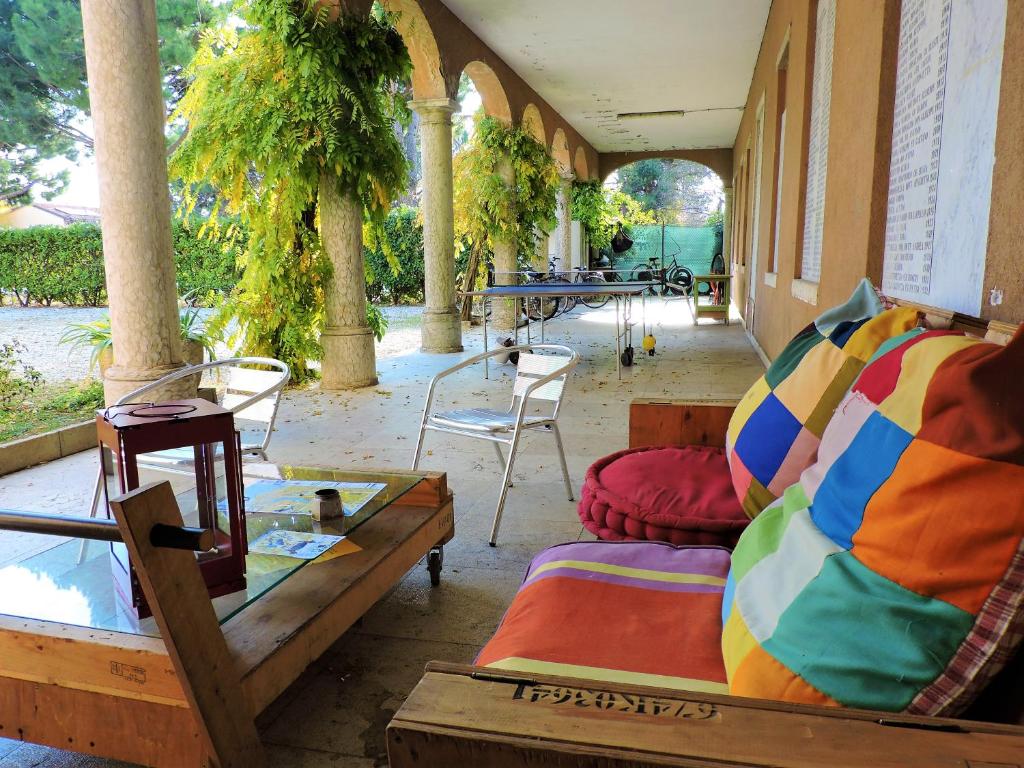
Bassano Hotel Tips
Budget: Ostello Bassano del Grappa (pictured)
Midrange: Hotel Positano
Luxury: Hotel Glamour
.
.
Day 5: The Prosecco Hills
The beautiful Prosecco Hills are famous for its vineyards and sparkling wine production and have been designated a UNESCO World Heritage Site in 2019. The small towns of Conegliano and Valdobbiadene have well-preserved historical city cores, but we actually preferred exploring the surrounding landscape.
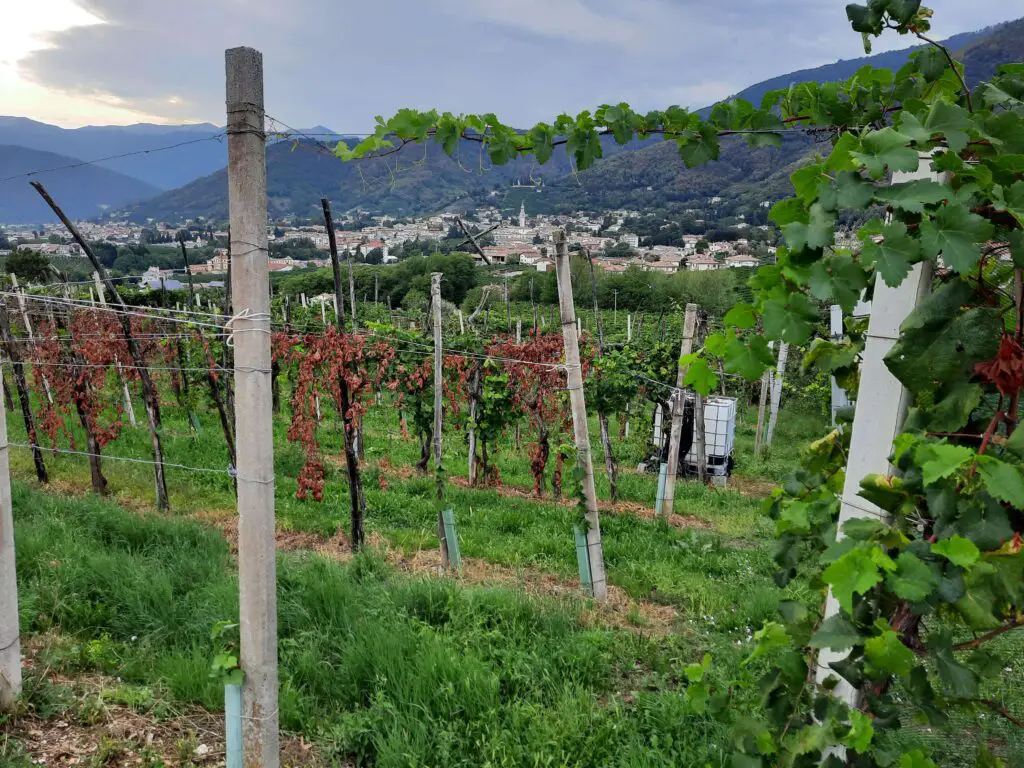
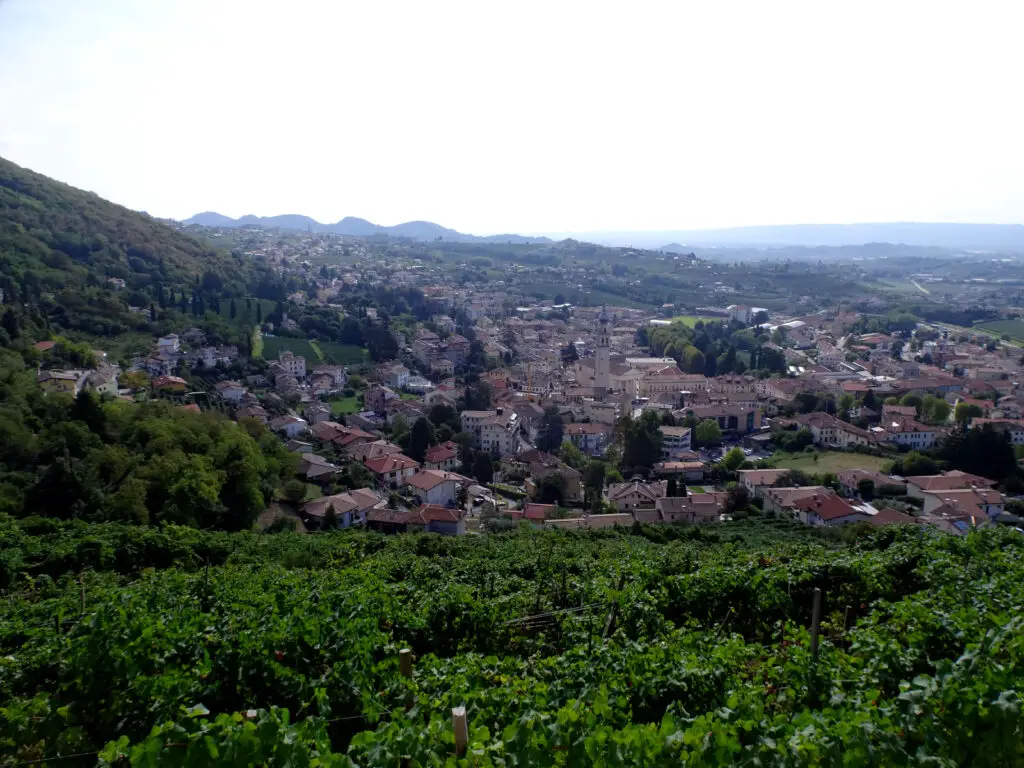
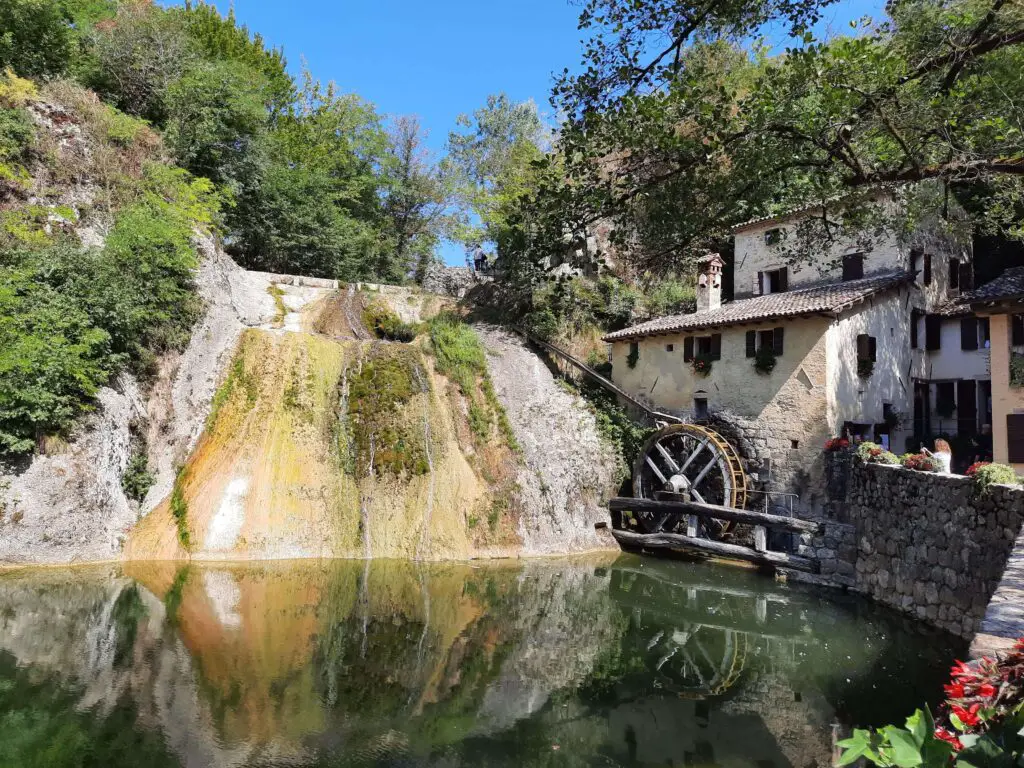
A great way to do that is by driving the Prosecco Road, a circular road, which passes through countless medieval villages and attractive hilly landscapes covered by vineyards, with lots of great viewpoints along the way.
One of our favourite places in the area was the Osteria Senz’ Oste, where we bought some of the local Prosecco and sampled it while sitting in between the rows of grapevines overlooking the peaceful valley below. I can’t imagine a better spot for a drink.
See also: An Itinerary for Driving the Prosecco Road Through Italy’s Beautiful Prosecco Hills
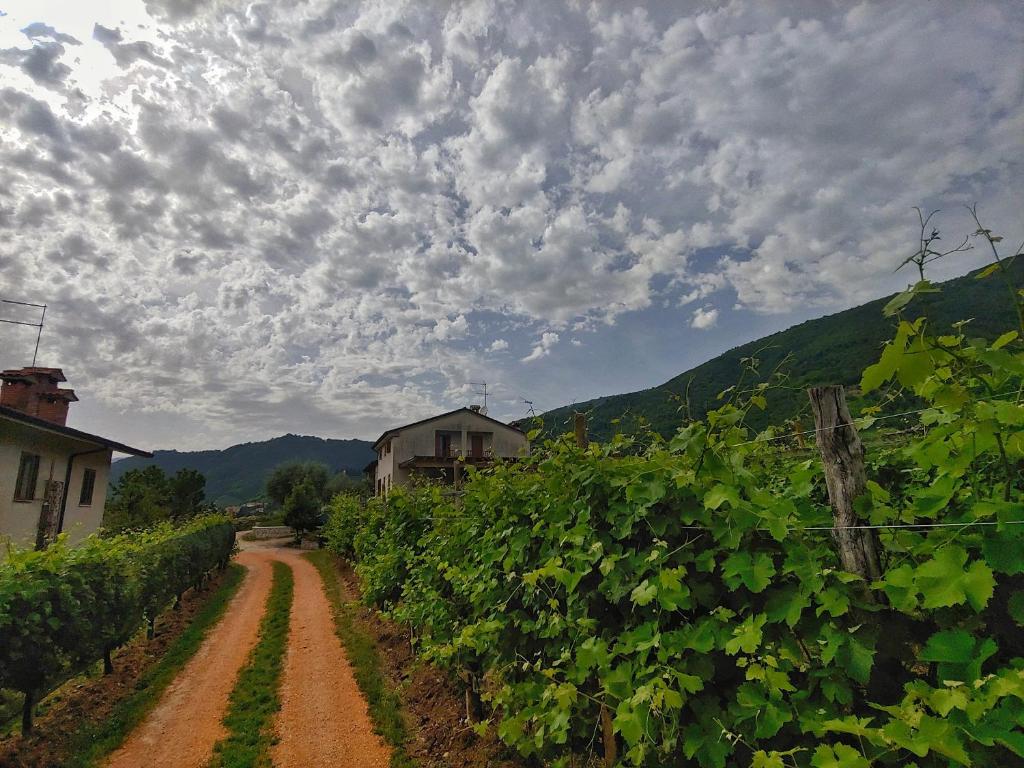
Prosecco Hills Hotel Tips
Budget: Casa Dolce Casa homestay (pictured)
Midrange: Locazione turistica la Casetta
Luxury: Hotel Canon d’Oro
.
.
Day 6: Treviso
We found pretty Treviso to be a great place to get ourselves in the mood for Venice. As it’s criss-crossed by countless little canals, the town is rightfully known as “The Little Venice”. It’s also home to a pretty historical centre and some very unusual sights, like its 16th-century Breast Fountain.
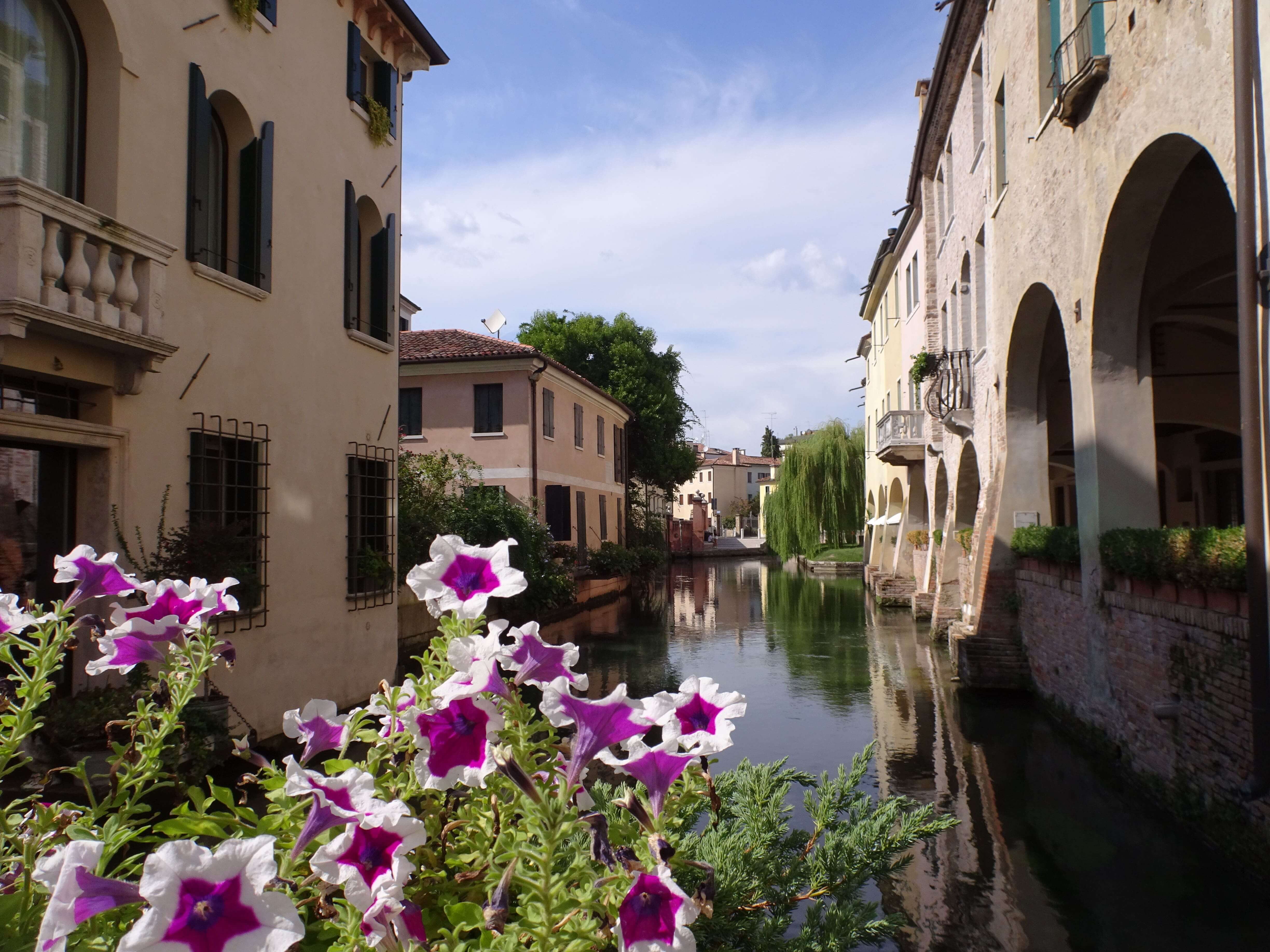
Even more off-beat is the Cimitero delle Barche in nearby Casier, where the remains of several wooden boats have been left to rot in the Sile River. Their hulls are a surprisingly pretty sight, overgrown with vegetation as they are, and serve as a refuge to several waterbirds, like coots and cormorants.
See also: 9 Wonderful Things to See and Do in Treviso, Italy – A Guide to the Little Venice

Treviso Hotel Tips
Budget: Dalla Manu
Midrange: Palazzina300
Luxury: Camere Palazzo Bortolan (pictured)
.
.
Day 7 and 8: Padua
Next up is Padua, a laid-back university city full of historical sights. One of the most impressive sights in the city are the series of amazingly detailed 14th-century frescoes by Giotto and other medieval artists. Among these, our favourites were the unique Scrovegni Chapel and the Baptistery of the Cathedral.
Apart from that, the city is home to the super impressive Basilica di Sant’Antonio, which is dedicated to the patron saint of Padua, one of the biggest squares in Europe and the oldest botanical garden in the world.
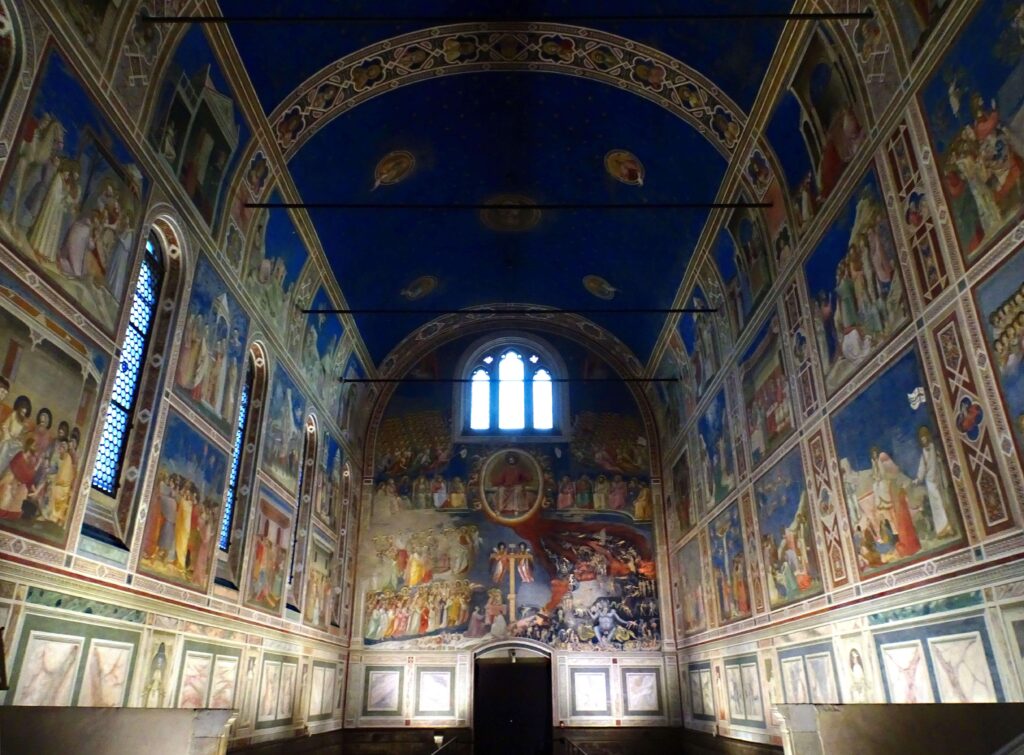
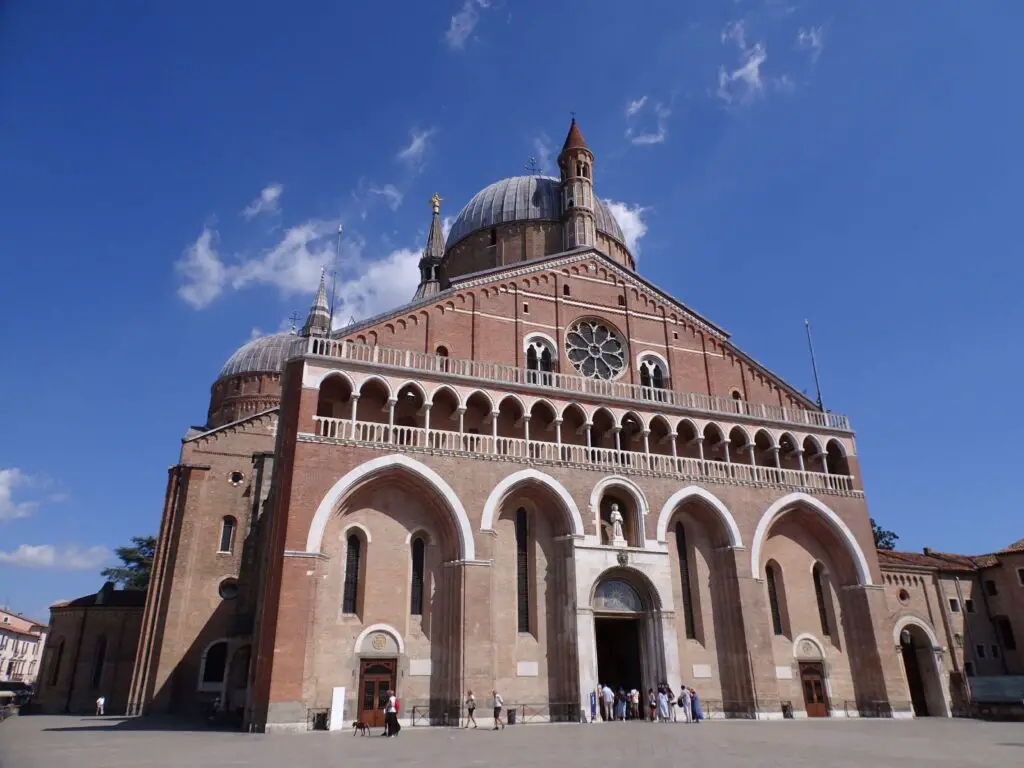
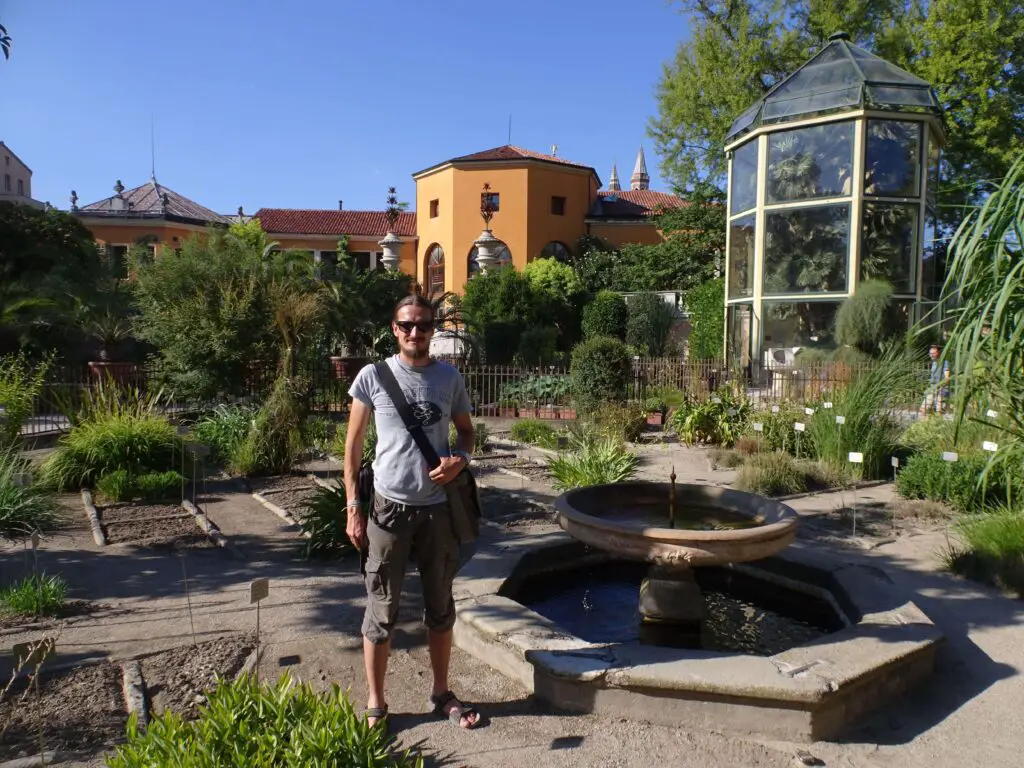
Padua is also a good base for exploring the Euganean Hills, which are full of really nice hiking opportunities and tiny medieval villages, including Arqua Petrarca, final home and resting place of the poet Petrarch.
One of our favourite spots in the Euganean Hills was the baroque-era Villa Barbarigo Garden, which at one time was voted the most beautiful garden in Italy.
See also: The Best Things to Do in Padua, Italy – A Great One Day Itinerary
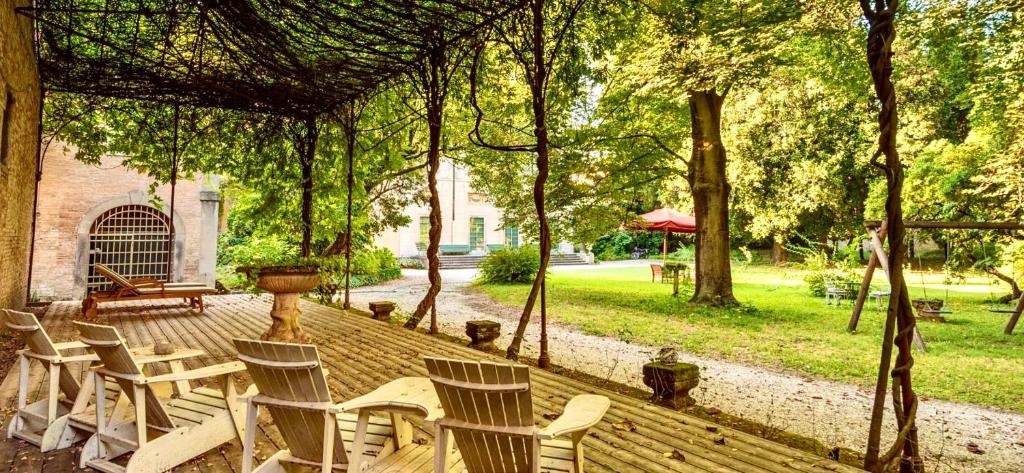
Prosecco Hills Hotel Tips
Budget: Albergo Junior
Midrange: Residence Eremitani
Luxury: Palazzo Mantua (pictured)
.
.
Day 9 and 10: Venice
Obviously, there is no better place to end a tour of the Veneto Region than the one-of-a-kind city of Venice. It’s not surprising that people want to explore the historical centre by taking a gondola ride along the myriad little canals, but personally, I always prefer getting lost in the endless labyrinth of alleyways.
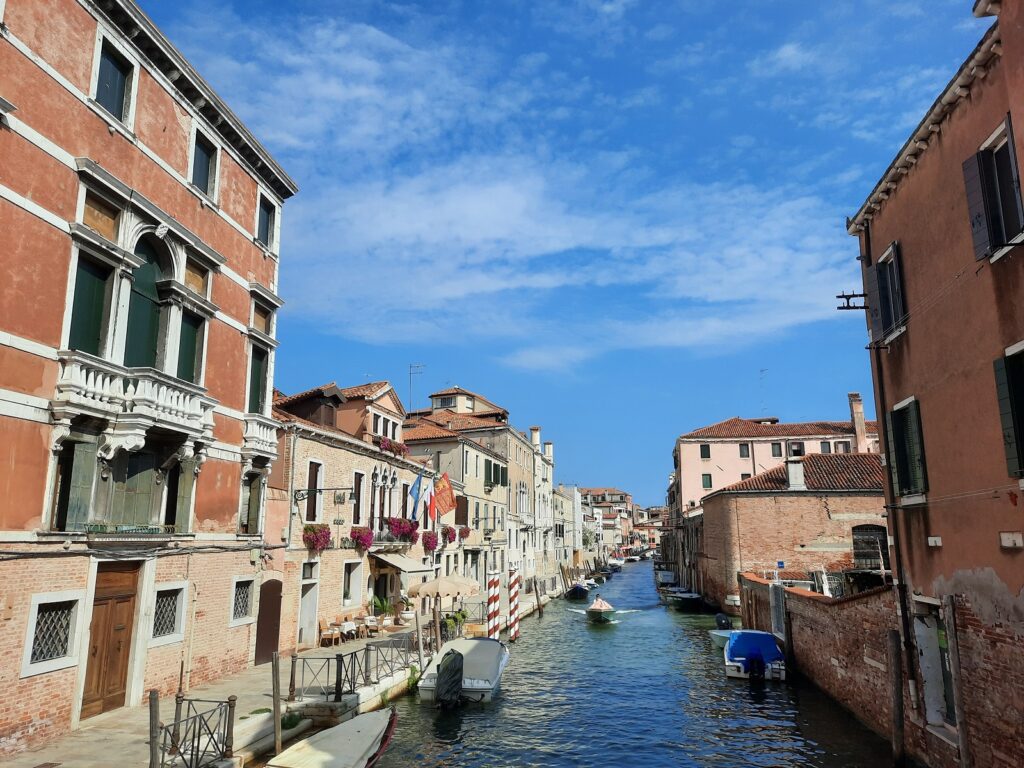

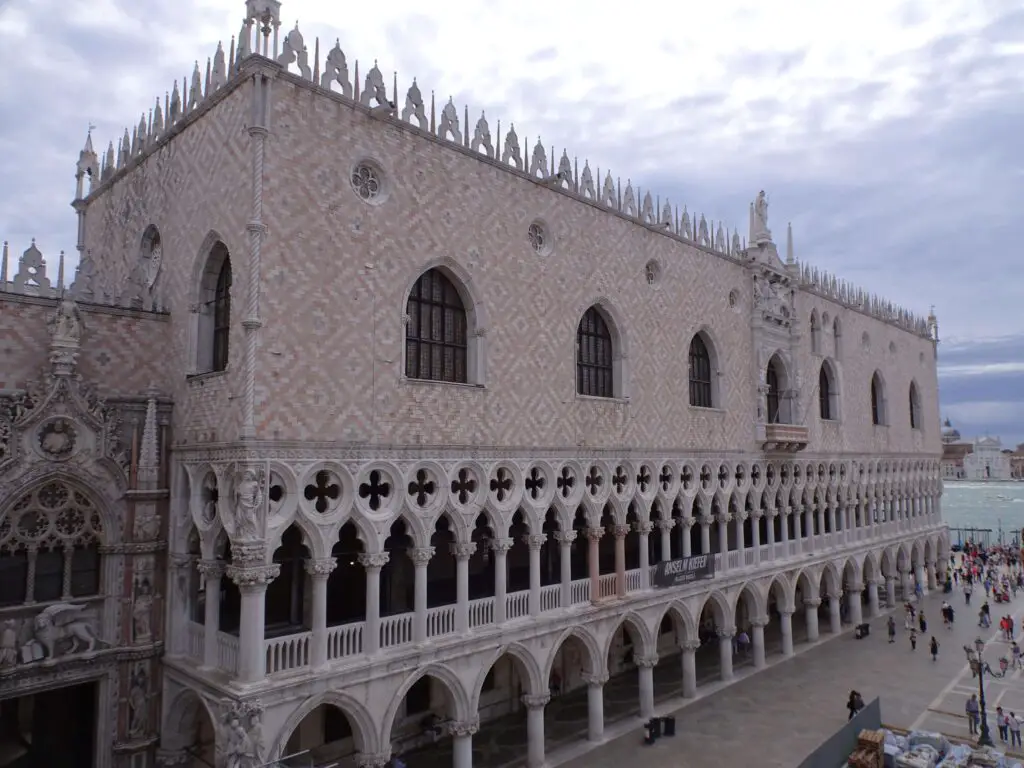
The beautiful St. Mark’s Square is rightfully one of the most famous squares in the world. It’s home to the impressive St. Mark’s Basilica and the historic Doge’s Palace, as well as to the campanile tower, which offers the best views of Venice from above.
Apart from that, Venice also has a number of excellent museums, like the Peggy Guggenheim Collection or the Accademia Gallery. Finally, if you’re a film fan like us, you can visit lots of places that were used as backdrops to movies from Don’t Look Now to Indiana Jones and the Last Crusade.
See also: How to Visit Venice on a Small Budget – Tips for a Cheap but Enjoyable Stay
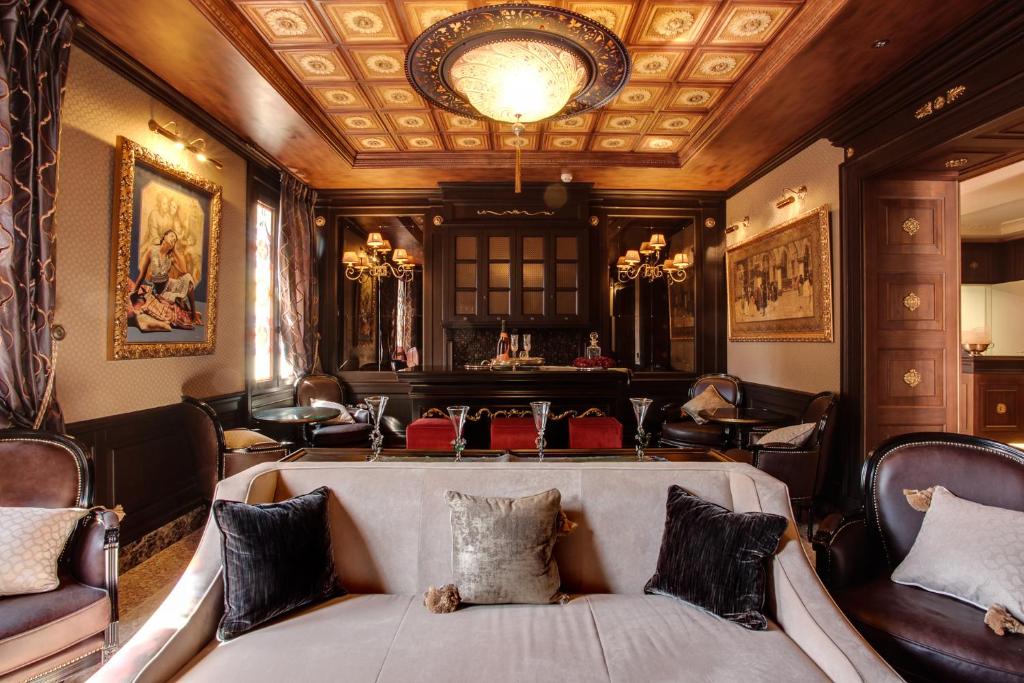
Venice Hotel Tips
Budget: Hotel Santa Lucia
Midrange: Hotel Moresco (pictured)
Luxury: Hotel Cipriani
.
.
Veneto Itinerary Map
All of the stops on the itinerary can be found on this map of the Veneto Region.

See also
